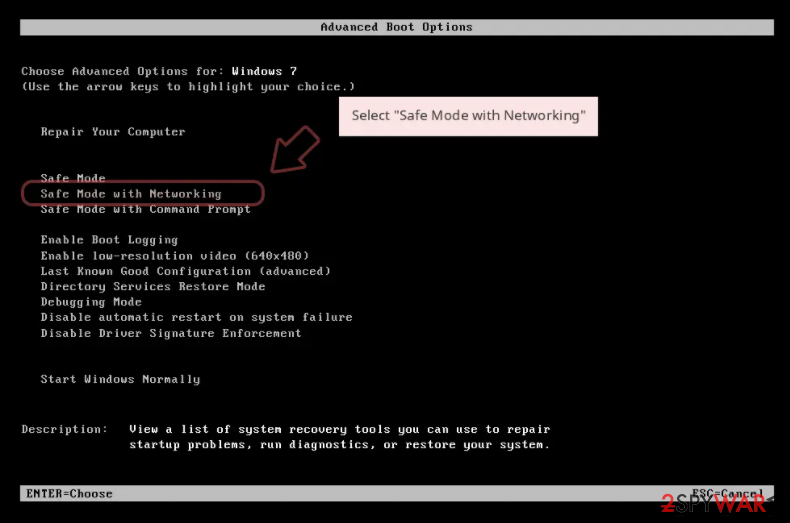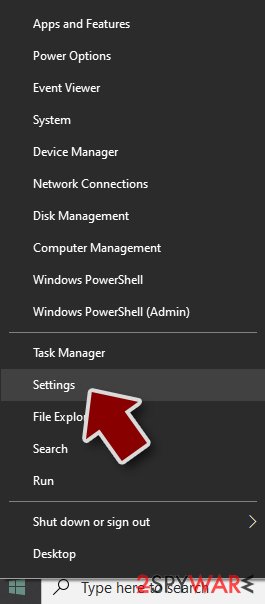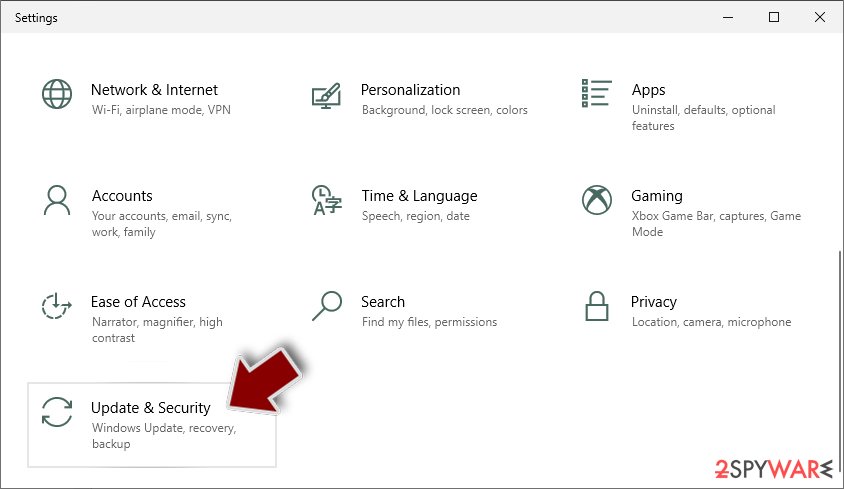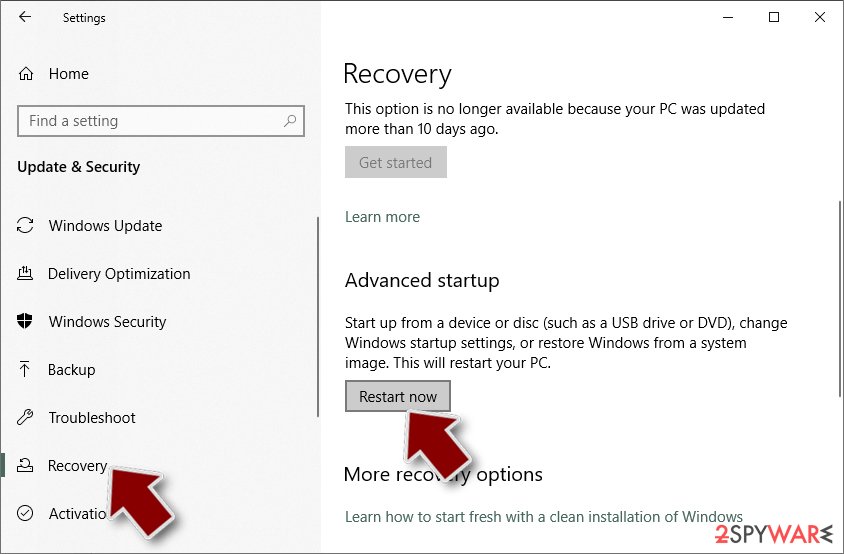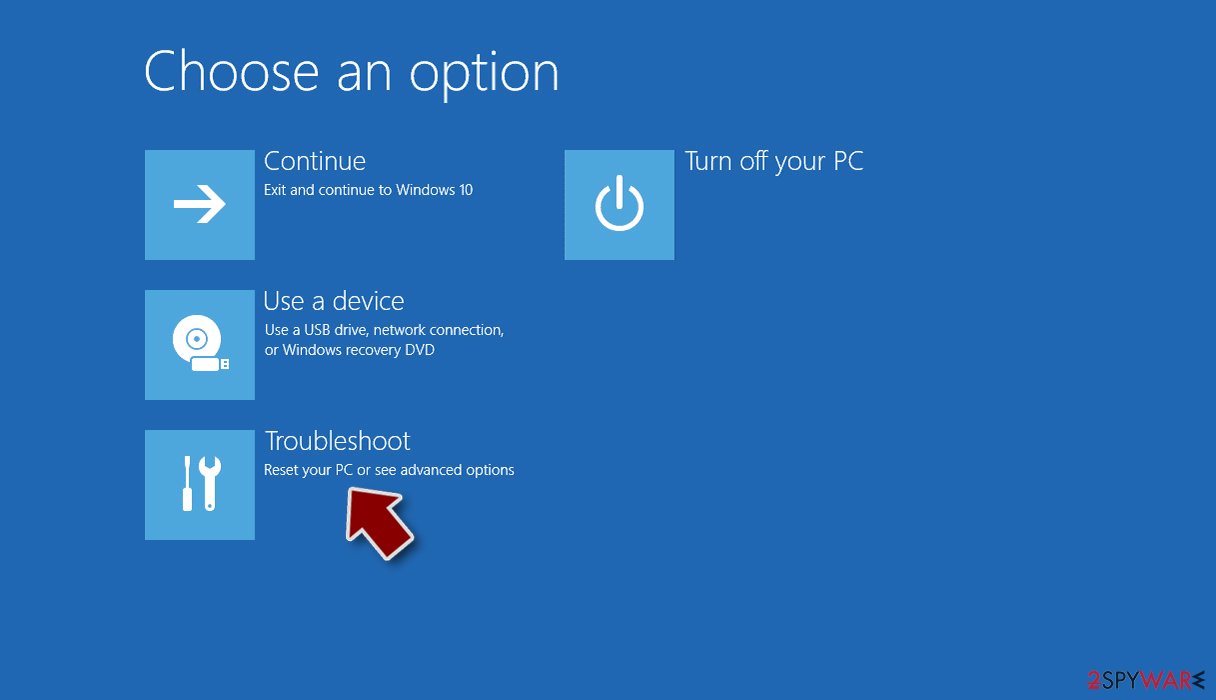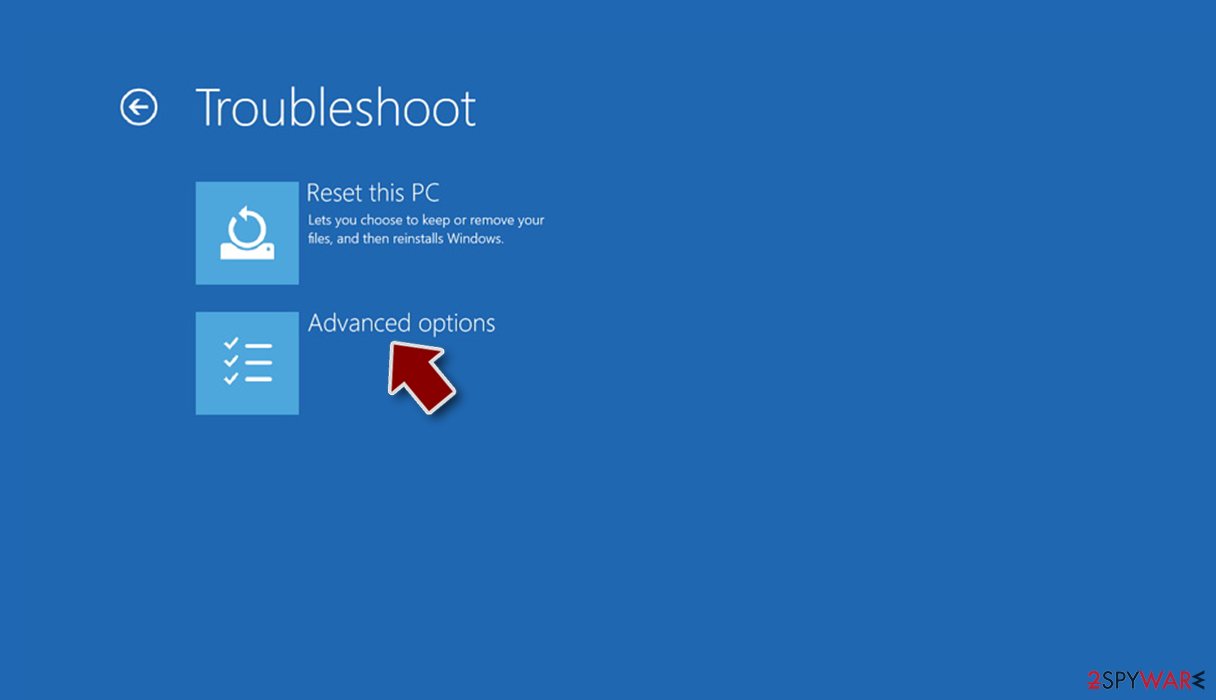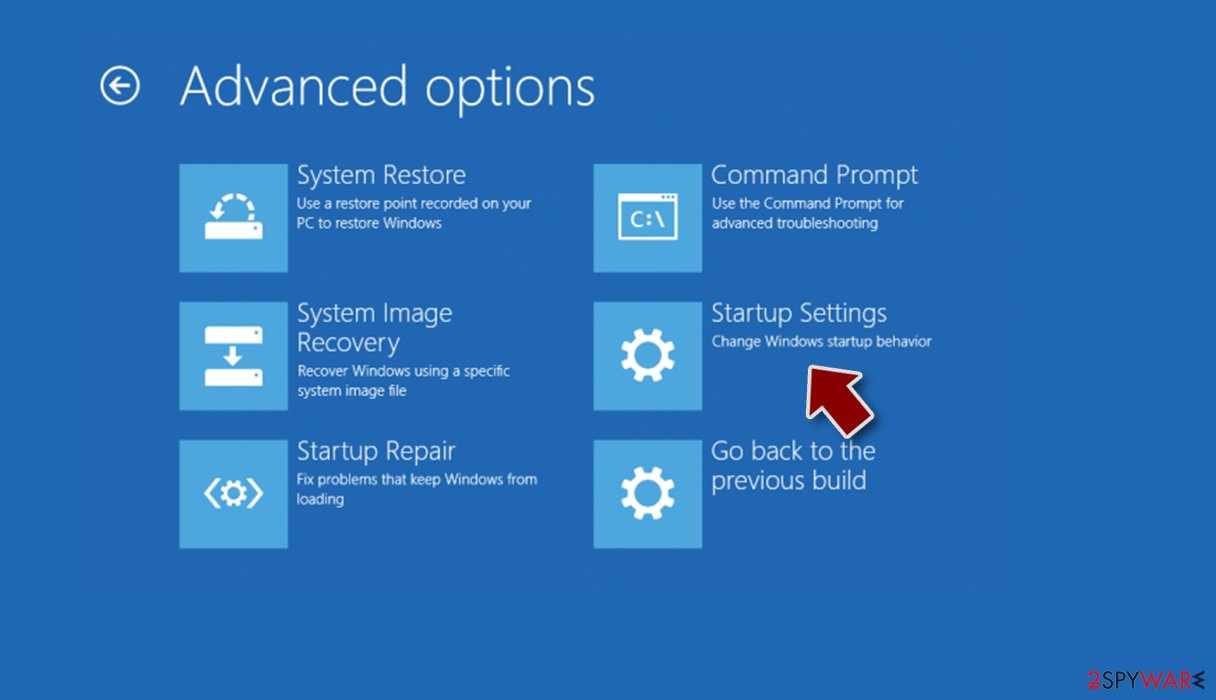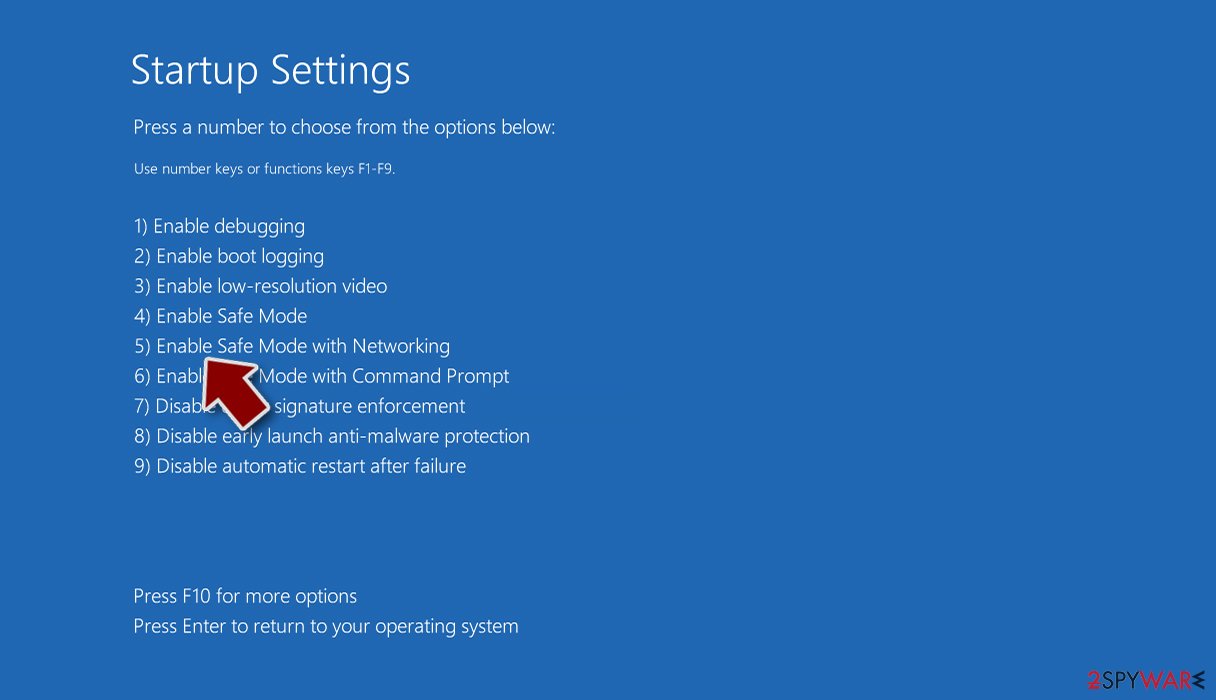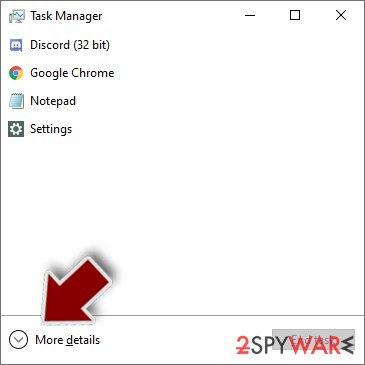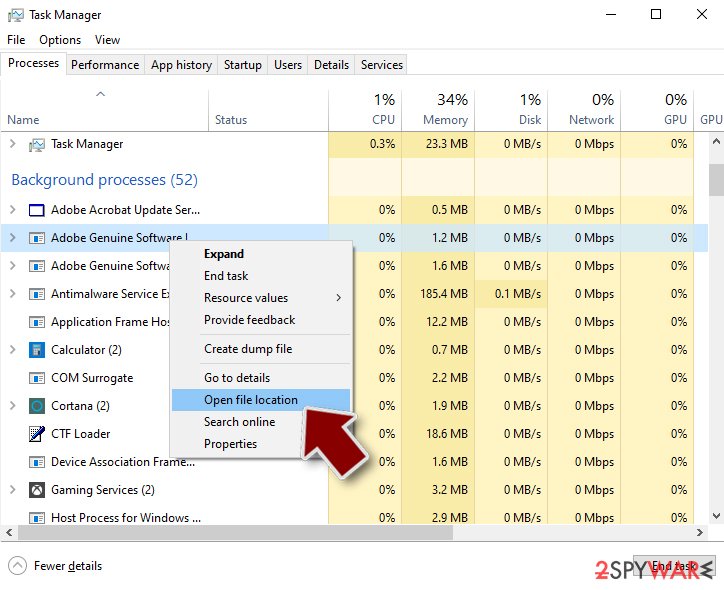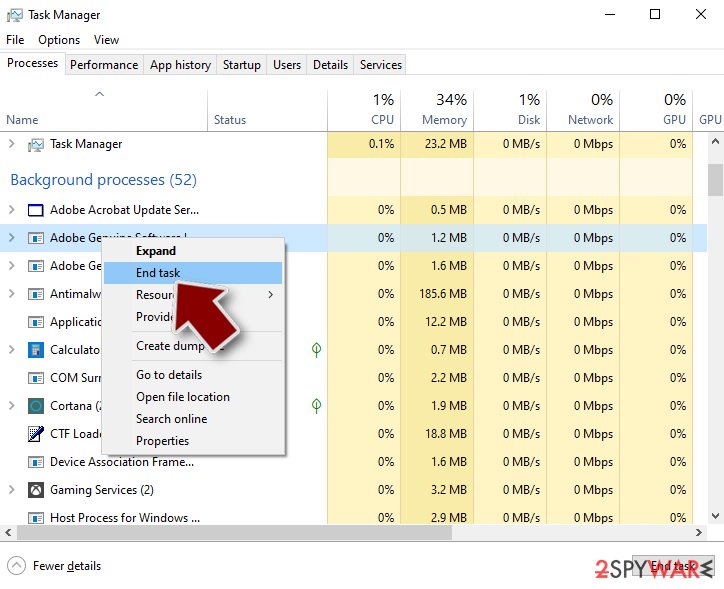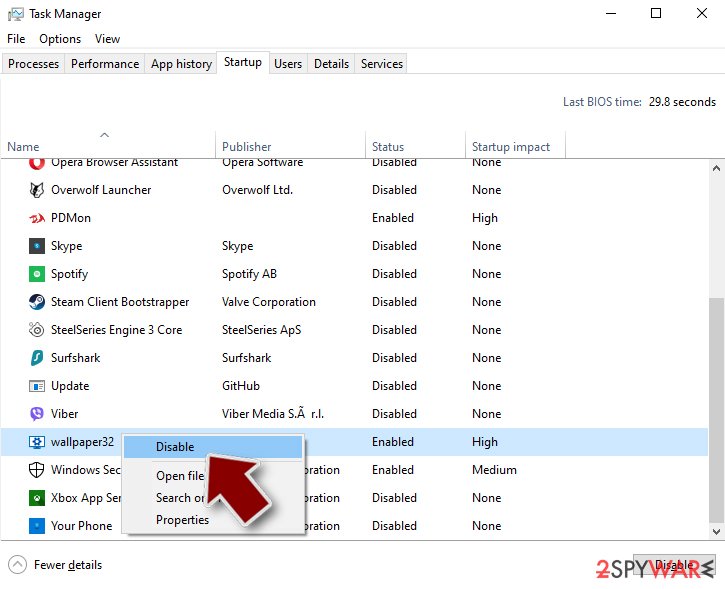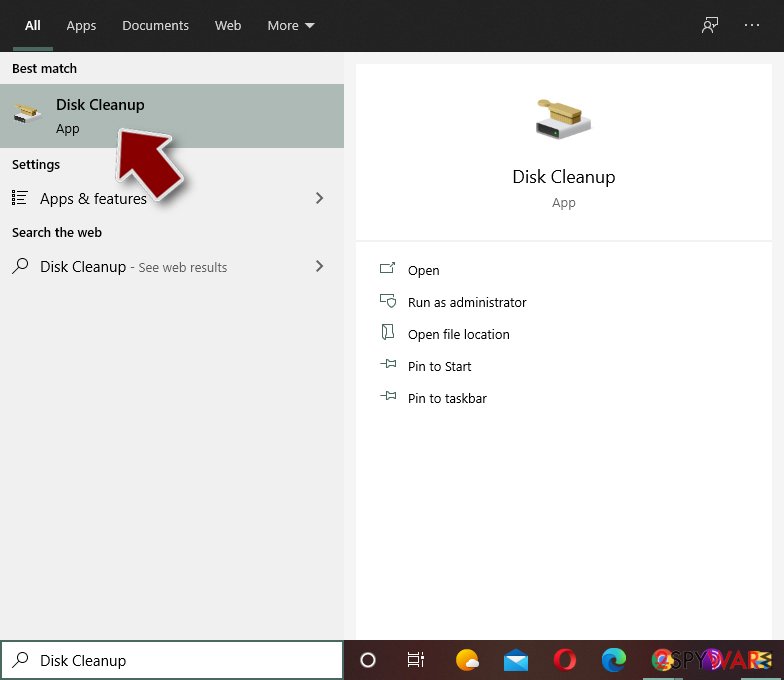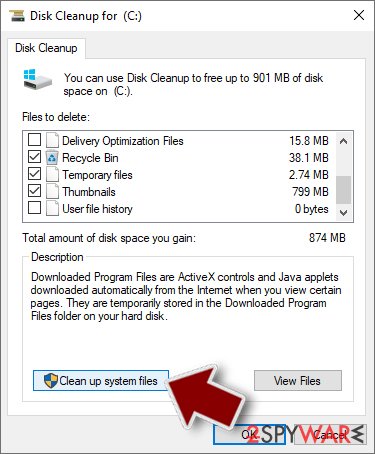Sharecash Screenlocker virus (Free Instructions)
Sharecash Screenlocker virus Removal Guide
What is Sharecash Screenlocker virus?
Review of Sharecash Screenlocker virus
One of the recent ransomware threats appearing on the online market, Sharecash Screenlocker virus is worth interest. According to the basic characteristic to demand money, virus researchers classify this threat to ransomware category. Luckily, this virus does not encode files, but it locks the computer screen which is no less nerve-wracking. Once you see the message generated by this virus, proceed to the instructions to recover the access and, afterward, remove Sharecash Screenlocker. FortectIntego helps you do that effectively. In addition, it would be useful to get acquainted with the distribution peculiarities of this threat.
While some cyber criminals are trying their best to shock the virtual community with more damaging and threatening virus, other crooks seem to care less whether their viruses will be cracked. In this regard, we have seen several amusing lock screen viruses, such as Smash! virus or Clock.Win32.ransomware. Both of them might have created by the same swindler. Speaking of Sharecash virus, it also has some similarities with the mentioned virus. Though none of them encrypts files with an exquisite algorithm, they are able to lock your screen temporarily. What is more, they might also disable Registry Editor or Task Manager. It is not common for other ransomware viruses. The most annoying peculiarity of this threat is that it seizes your computer screen. Thus, you cannot exit the window, and it starts showing mocking messages. Though Sharecash Screenlocker malware demands $50, there is no need to make the payment. In general, some might disregard this virus due to its low level of damage. However, new features reveal the potential and yet unforeseen capabilities of the bright minds of the ransomware business. The virus still managed to invade the system. Therefore, similar viruses might be hints for future more complex viruses. Make a rush to perform Sharecash Screenlocker removal.
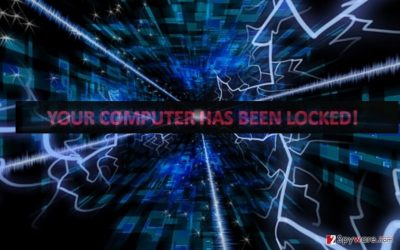
When did I get infected with the malware?
This sort of threat might disguise in a game or torrent files in P2P file-sharing domains. Likewise, gamers or simply those users, who tend to download the content from similar websites, risk to encounter the virus. In addition, Sharecash Screenlocker hijack might have occurred with the help of a trojan. Trojans, exploit kits, and other fraudulent files often happen to be the mediators of ransomware viruses. They help disguise the malevolent executables. If you are willing to lower the risk of such infections, you should arm up with proper security tools. Besides, you should stay away from suspicious applications which have unexpectedly high ratings even in legitimate applications. Recent cases reveal that hackers are able to fake ratings in order to convince users into downloading corrupted software.
Sharecash screenlocker removal suggestions
Luckily, it is not difficult to remove Sharecash Screenlocker virus with the help of an updated security software (FortectIntego or Malwarebytes). It initiates the scan and ensures that no file or element of this malware remains on the system. Generally, this tool comes in handy eliminating other complex viruses, trojans, rootkits, and exploit kits, for instance. However, before you move on to Sharecash Screenlocker removal, you will need to regain access to your computer. In addition, we present addition method for data recovery in case you ever face real ransomware. Lastly, improve your security as new more elaborate viruses continuously appear in the virtual arena.
Getting rid of Sharecash Screenlocker virus. Follow these steps
Manual removal using Safe Mode
Important! →
Manual removal guide might be too complicated for regular computer users. It requires advanced IT knowledge to be performed correctly (if vital system files are removed or damaged, it might result in full Windows compromise), and it also might take hours to complete. Therefore, we highly advise using the automatic method provided above instead.
Step 1. Access Safe Mode with Networking
Manual malware removal should be best performed in the Safe Mode environment.
Windows 7 / Vista / XP
- Click Start > Shutdown > Restart > OK.
- When your computer becomes active, start pressing F8 button (if that does not work, try F2, F12, Del, etc. – it all depends on your motherboard model) multiple times until you see the Advanced Boot Options window.
- Select Safe Mode with Networking from the list.

Windows 10 / Windows 8
- Right-click on Start button and select Settings.

- Scroll down to pick Update & Security.

- On the left side of the window, pick Recovery.
- Now scroll down to find Advanced Startup section.
- Click Restart now.

- Select Troubleshoot.

- Go to Advanced options.

- Select Startup Settings.

- Press Restart.
- Now press 5 or click 5) Enable Safe Mode with Networking.

Step 2. Shut down suspicious processes
Windows Task Manager is a useful tool that shows all the processes running in the background. If malware is running a process, you need to shut it down:
- Press Ctrl + Shift + Esc on your keyboard to open Windows Task Manager.
- Click on More details.

- Scroll down to Background processes section, and look for anything suspicious.
- Right-click and select Open file location.

- Go back to the process, right-click and pick End Task.

- Delete the contents of the malicious folder.
Step 3. Check program Startup
- Press Ctrl + Shift + Esc on your keyboard to open Windows Task Manager.
- Go to Startup tab.
- Right-click on the suspicious program and pick Disable.

Step 4. Delete virus files
Malware-related files can be found in various places within your computer. Here are instructions that could help you find them:
- Type in Disk Cleanup in Windows search and press Enter.

- Select the drive you want to clean (C: is your main drive by default and is likely to be the one that has malicious files in).
- Scroll through the Files to delete list and select the following:
Temporary Internet Files
Downloads
Recycle Bin
Temporary files - Pick Clean up system files.

- You can also look for other malicious files hidden in the following folders (type these entries in Windows Search and press Enter):
%AppData%
%LocalAppData%
%ProgramData%
%WinDir%
After you are finished, reboot the PC in normal mode.
Remove Sharecash Screenlocker using System Restore
-
Step 1: Reboot your computer to Safe Mode with Command Prompt
Windows 7 / Vista / XP- Click Start → Shutdown → Restart → OK.
- When your computer becomes active, start pressing F8 multiple times until you see the Advanced Boot Options window.
-
Select Command Prompt from the list

Windows 10 / Windows 8- Press the Power button at the Windows login screen. Now press and hold Shift, which is on your keyboard, and click Restart..
- Now select Troubleshoot → Advanced options → Startup Settings and finally press Restart.
-
Once your computer becomes active, select Enable Safe Mode with Command Prompt in Startup Settings window.

-
Step 2: Restore your system files and settings
-
Once the Command Prompt window shows up, enter cd restore and click Enter.

-
Now type rstrui.exe and press Enter again..

-
When a new window shows up, click Next and select your restore point that is prior the infiltration of Sharecash Screenlocker. After doing that, click Next.


-
Now click Yes to start system restore.

-
Once the Command Prompt window shows up, enter cd restore and click Enter.
Bonus: Recover your data
Guide which is presented above is supposed to help you remove Sharecash Screenlocker from your computer. To recover your encrypted files, we recommend using a detailed guide prepared by 2-spyware.com security experts.If your files are encrypted by Sharecash Screenlocker, you can use several methods to restore them:
What is Data Recovery Pro?
This tool helps recover damaged and missing files. Taking into account the recent activity of ransomware threats, the developers have updated the tool. Though it is not effective as real decrypter or backup copies, it might succeed in recovering some of valuable documents.
- Download Data Recovery Pro;
- Follow the steps of Data Recovery Setup and install the program on your computer;
- Launch it and scan your computer for files encrypted by Sharecash Screenlocker ransomware;
- Restore them.
Finally, you should always think about the protection of crypto-ransomwares. In order to protect your computer from Sharecash Screenlocker and other ransomwares, use a reputable anti-spyware, such as FortectIntego, SpyHunter 5Combo Cleaner or Malwarebytes
How to prevent from getting ransomware
Do not let government spy on you
The government has many issues in regards to tracking users' data and spying on citizens, so you should take this into consideration and learn more about shady information gathering practices. Avoid any unwanted government tracking or spying by going totally anonymous on the internet.
You can choose a different location when you go online and access any material you want without particular content restrictions. You can easily enjoy internet connection without any risks of being hacked by using Private Internet Access VPN.
Control the information that can be accessed by government any other unwanted party and surf online without being spied on. Even if you are not involved in illegal activities or trust your selection of services, platforms, be suspicious for your own security and take precautionary measures by using the VPN service.
Backup files for the later use, in case of the malware attack
Computer users can suffer from data losses due to cyber infections or their own faulty doings. Ransomware can encrypt and hold files hostage, while unforeseen power cuts might cause a loss of important documents. If you have proper up-to-date backups, you can easily recover after such an incident and get back to work. It is also equally important to update backups on a regular basis so that the newest information remains intact – you can set this process to be performed automatically.
When you have the previous version of every important document or project you can avoid frustration and breakdowns. It comes in handy when malware strikes out of nowhere. Use Data Recovery Pro for the data restoration process.
